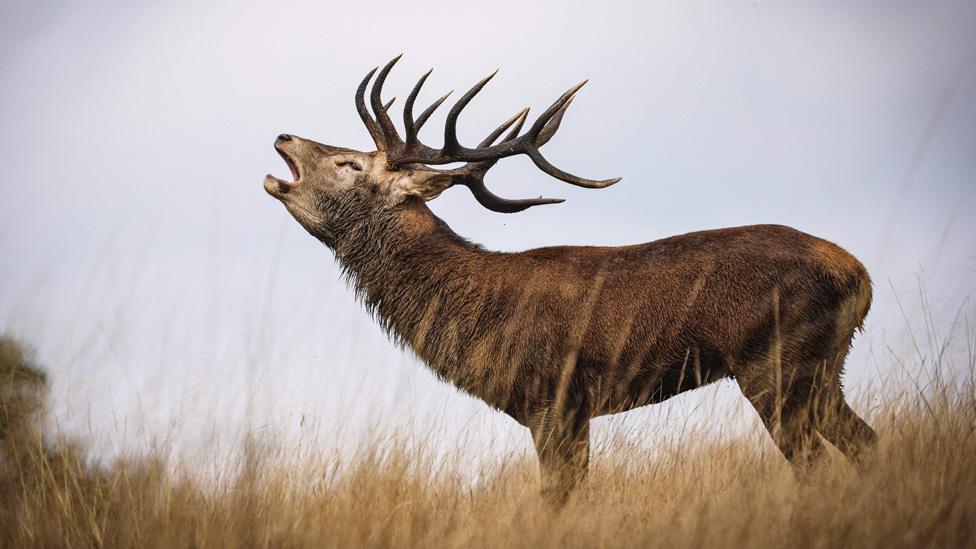Spring starts but signs and science of seasons change
- Published
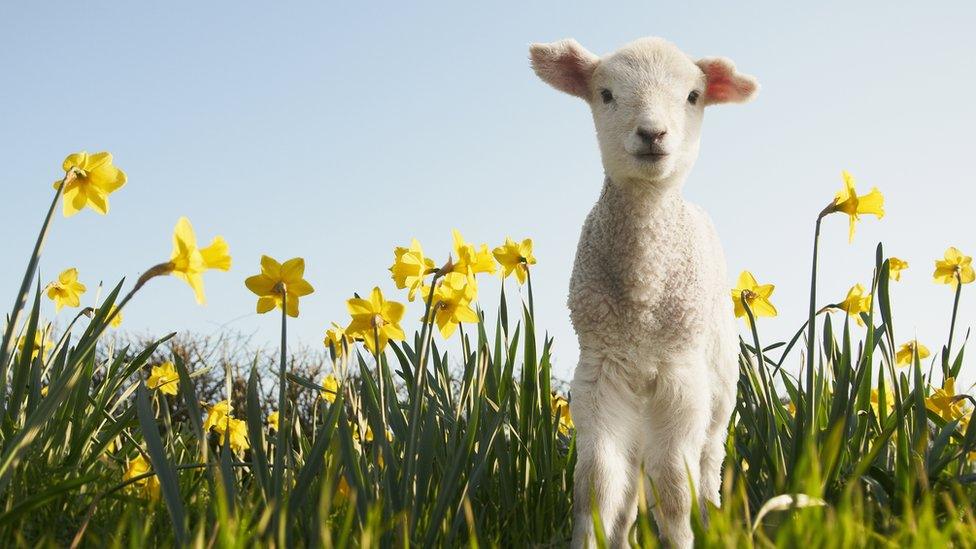
It is 1 March and officially the start of spring, according to the meteorological calendar.
The science of our seasons is a matter of degrees - 23 and a half of them to be precise.
That small angle of tilt in the axis of the earth as it orbits around the sun is what takes our planet on a year-long journey through the seasons.
Without that lean of the poles away from the sun in winter, towards it in summer, the length of our days would be fixed everywhere in the world.
Twelve hours of daylight would be followed by 12 hours of darkness every day and the climate in Northern Ireland would probably be like late March all year round.
It would be a very different world without the myriad signals of a changing season that people, plants and animals have all become accustomed to.
As the weather is changing, with warmer summer temperatures and colder winters, so is the starting date of our seasons.
What are the signs of spring?
Laurelbank Farm, near Saintfield in County Down, has observed seasonal changes more than others.
The organic smallholding is a social enterprise which aims to reconnect people to the land and, in turn, to the seasons.
Jo Facer, founder and head grower at the farm, told BBC News NI that, for her, the garden is not where the first signs of spring are found.
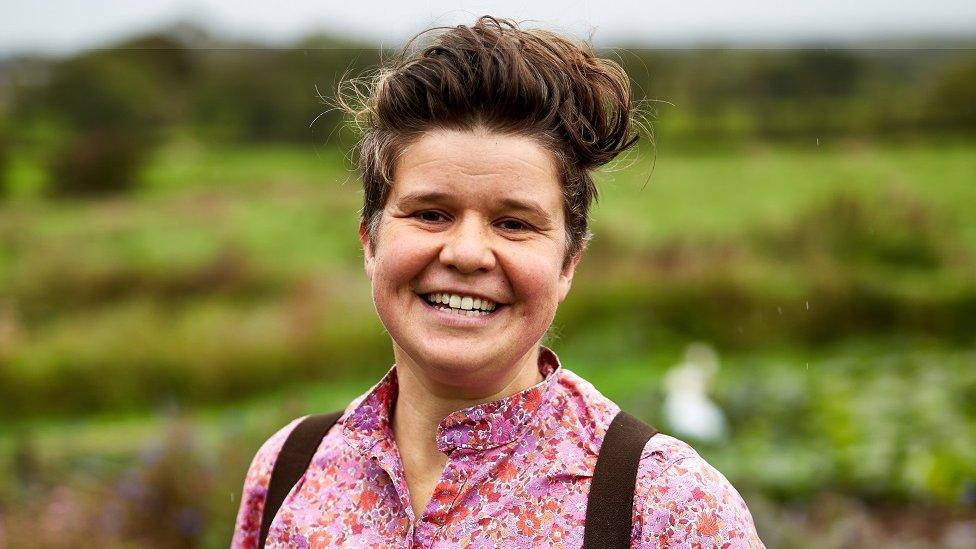
Jo Facer is a vegetable farmer
"It's actually my solar panels," she said, speaking in the communal space at the heart of the farm's education program.
Usually in the winter there is no energy in the solar panels for electricity, she added.
Jo relies on heating oil to keep water tanks hot in winter.
But, in February, she had an excess of hot water from the solar panel energy.
Longing for longer days
Sunrise in Belfast in February is at about 08:13 GMT and sunset at 17:01.
On the first day of spring in the meteorological calendar, there's an extra hour of daylight at either end of the day.

Snowdrops are one of the plants that has flowered early this year
This February some unusually mild temperatures meant that plants, like snowdrops, have been flowering early.
"There is a big moment around the first seeds that we sow, which tends to be the middle of February," said Jo.
"And that is such a fundamental shift because - there are these crazy weeks when you're not harvesting, you're not sowing things, you're not looking after seedlings.
"You're planning and weeding and sorting and that sort of stuff."
Then, in the middle of February, according to Jo's spreadsheets for her vegetables, the first seeds are put in the compost.
"It feels very much as if the whole thing is starting all over again," she added.
The hungry gap
In the seven acres of land around the farmhouse, it is the perennial plants like wild garlic, globe artichokes and rhubarb which are the first to react to the warming soil temperatures.
Before supermarkets gave us access to year-round air-freighted vegetables, these perennials were an important component in dealing with the "hungry gap" in food production that was often an historical feature of spring.
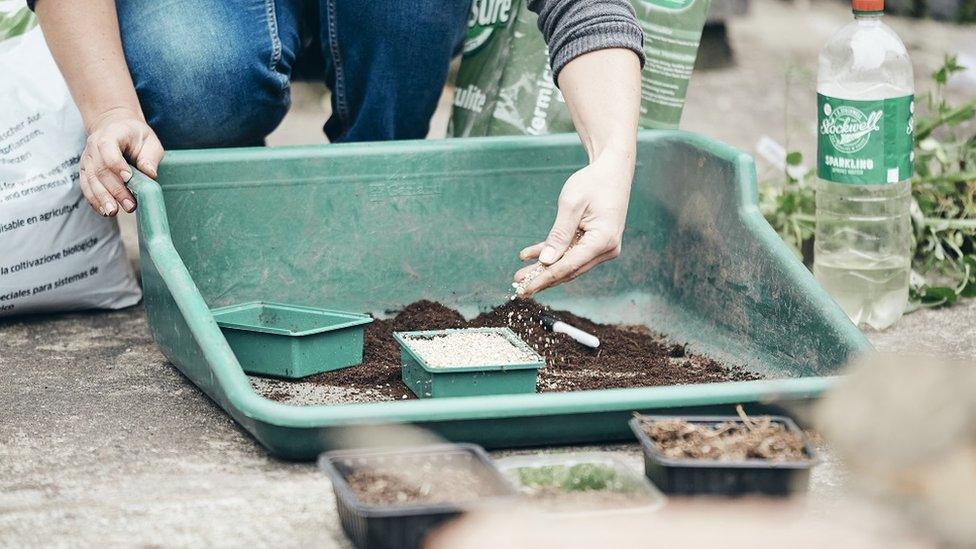
Perennial plants are the first to react to the warming soil temperatures
"In the past, the gap in the availability of fresh vegetables and fruits was the period that saw the winter crops spent and the new plants not yet ready to harvest," said Regina Sexton, a food and culinary historian at University College Cork.
"Most of us today, with no practical connection to the patterns of food production, are unaware of this seasonal gap in the availability of local produce.
"Why would we need to know when a global food system moves produce around the world to keep our food wants and desires satisfied without a break throughout the year?"
Why are there seasons?
Grouping the year into four seasons of three months is a convenient way to keep consistent statistics over time but it is not the only measure of the season.
Astronomical spring begins on 20 March this year and, according to the Celtic calendar spring, or Imbolc, it started on St Brigid's Day on 1 February.
The Celtic calendar reflects a rhythm of the seasons.
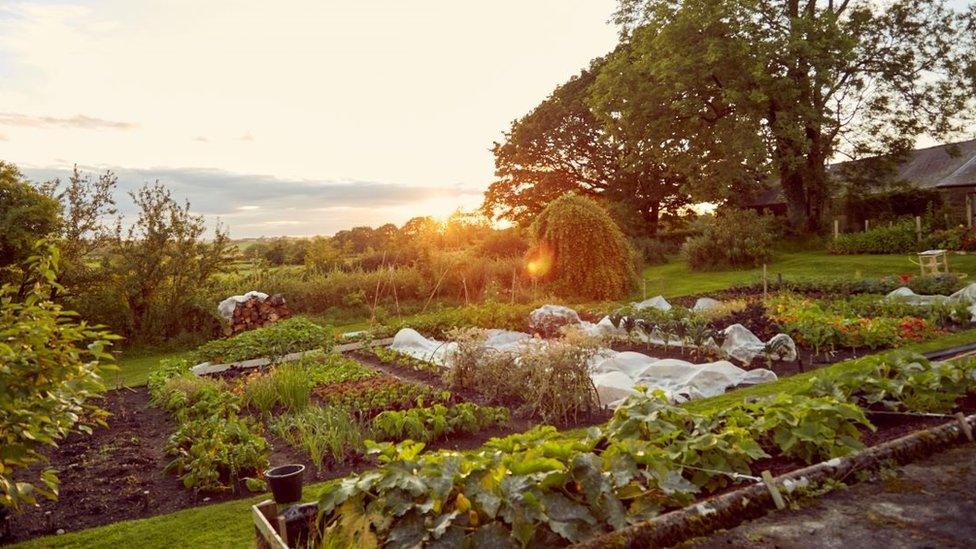
"It makes sense to me as a grower," said Jo.
"The year is fundamentally divided into the dark six months and the light six months - six months when things are growing and six months when they are not."
What's growing now?
Jo said it feels like "there's always a wild garlic season, that's part of my life".
"There's also willow-weaving season - a six-week period in March/April when I make all of the baskets that I need.
"Farms in Ireland would often have their willow patch and I feel that farmers of yesteryear would have a period when they would make all of their baskets before the willow fully dried out."
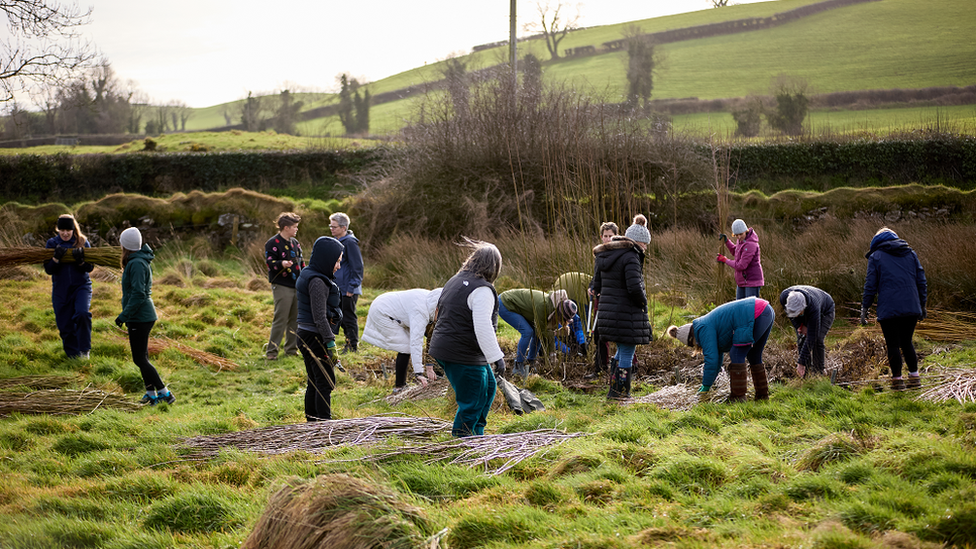
Willow harvesting season at Laurelbank Farm is another sign of spring
As the days lengthen and the intensity of the sunlight increases, the vegetable garden will burst into life.
From May until December, the Laurelbank farmers will be flat out growing for the vegetable boxes which are the lifeblood of their community-supported agriculture scheme.
But for now, Georgia the chicken has laid her first eggs of the year and the promise of spring is in the air.
Related topics
- Published1 February 2022
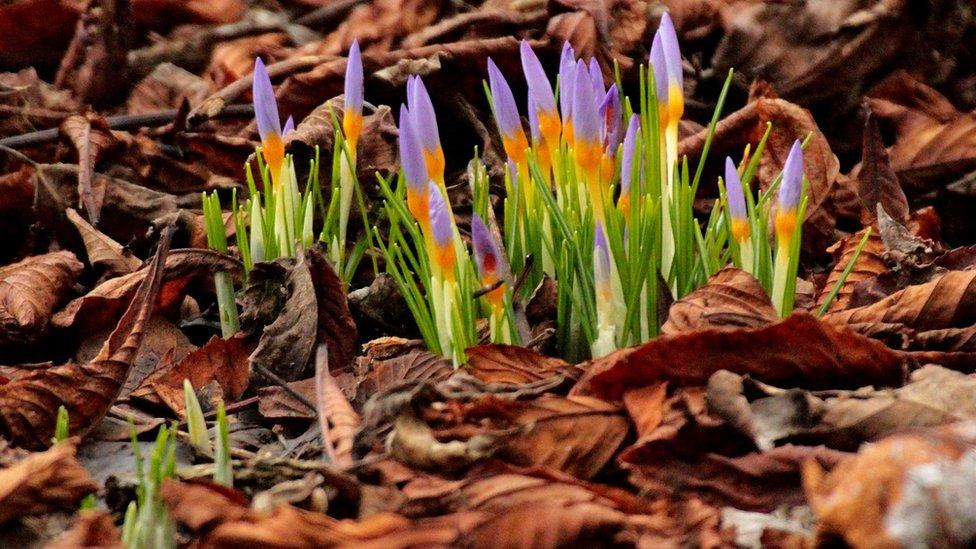
- Published27 December 2023
